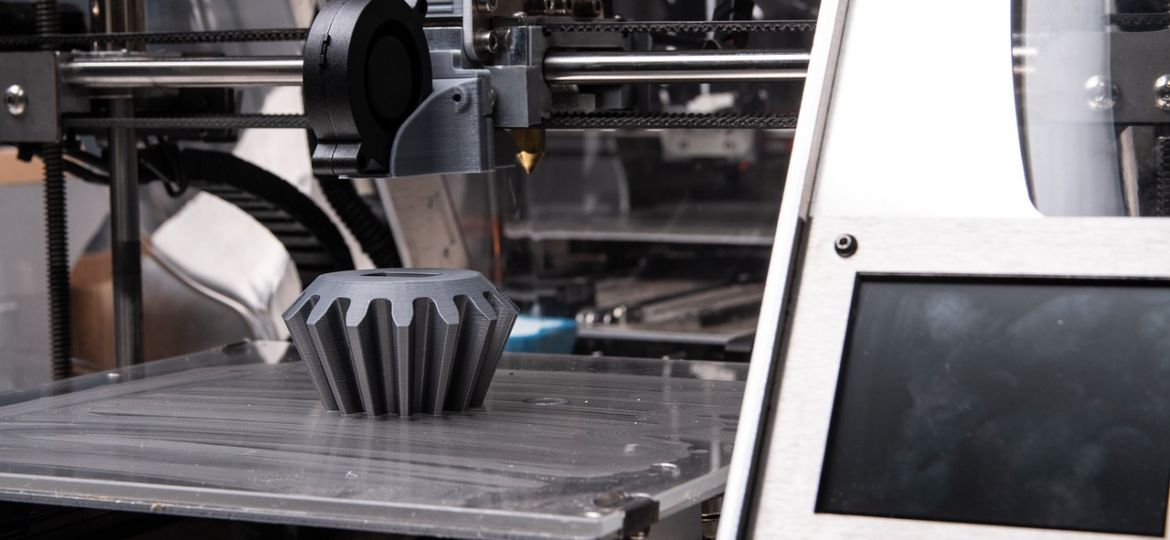
3D Printing in Construction
Over the past decade, 3D printing has emerged as a groundbreaking technology, revolutionizing industries ranging from healthcare to manufacturing. And the construction industry is no exception. 3D printing technology has been integrated into construction projects, proving to be a valuable tool that provides many benefits, including several health and safety advantages.
One of the most significant benefits of 3D printing is its ability to reduce on-site accidents. The process of creating complex components off-site with 3D printing technology means that construction workers can minimize the amount of time they spend working in hazardous conditions. This includes working at height or in cramped spaces, which reduces the risk of accidents and injuries. In addition, less time spent on site also reduces the likelihood of on-site safety incidents.
Another advantage of 3D printing is the ability to create custom components that are designed to mitigate safety risks. For example, 3D printing can produce lightweight components, which reduce the amount of heavy lifting required by workers. This decrease in the frequency of repetitive motions or heavy lifting is essential in reducing the risk of musculoskeletal disorders and other injuries. Additionally, 3D printing technology can integrate safety features such as fire-resistant materials or sprinkler systems, which reduces the risk of fire-related accidents and injuries.
Precision is a crucial aspect of construction projects, and 3D printing provides a high level of precision. The precision of 3D printing can help reduce the need for on-site modifications, which can be time-consuming and dangerous. By producing components with a high degree of accuracy, workers can decrease the time spent working in hazardous conditions such as at height or in cramped spaces.
Another safety benefit of 3D printing is its ability to create more durable components. The use of more robust and durable materials can result in longer-lasting components that require fewer repairs and replacements. This reduces the risk of accidents and injuries resulting from faulty components, and it decreases the time spent on repairs or replacements.
In conclusion, the benefits of 3D printing go beyond the advantages of cost-effectiveness, speed, and design flexibility. The technology also offers numerous health and safety benefits to construction workers. By reducing on-site accidents, creating custom components, incorporating safety features, increasing precision, and improving durability, 3D printing technology can help create a safer and more efficient work environment. As the industry continues to evolve, it is essential to consider the potential benefits of innovative technologies such as 3D printing to ensure the safety and well-being of workers.

